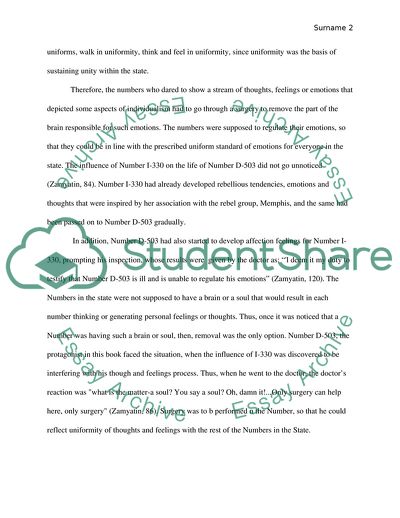Cite this document
(The Uniformity concept in We by Yevgeny Zamyatin Essay Example | Topics and Well Written Essays - 1250 words, n.d.)
The Uniformity concept in We by Yevgeny Zamyatin Essay Example | Topics and Well Written Essays - 1250 words. https://studentshare.org/english/1859655-we-by-yevgeny-zamyatin
The Uniformity concept in We by Yevgeny Zamyatin Essay Example | Topics and Well Written Essays - 1250 words. https://studentshare.org/english/1859655-we-by-yevgeny-zamyatin
(The Uniformity Concept in We by Yevgeny Zamyatin Essay Example | Topics and Well Written Essays - 1250 Words)
The Uniformity Concept in We by Yevgeny Zamyatin Essay Example | Topics and Well Written Essays - 1250 Words. https://studentshare.org/english/1859655-we-by-yevgeny-zamyatin.
The Uniformity Concept in We by Yevgeny Zamyatin Essay Example | Topics and Well Written Essays - 1250 Words. https://studentshare.org/english/1859655-we-by-yevgeny-zamyatin.
“The Uniformity Concept in We by Yevgeny Zamyatin Essay Example | Topics and Well Written Essays - 1250 Words”. https://studentshare.org/english/1859655-we-by-yevgeny-zamyatin.


